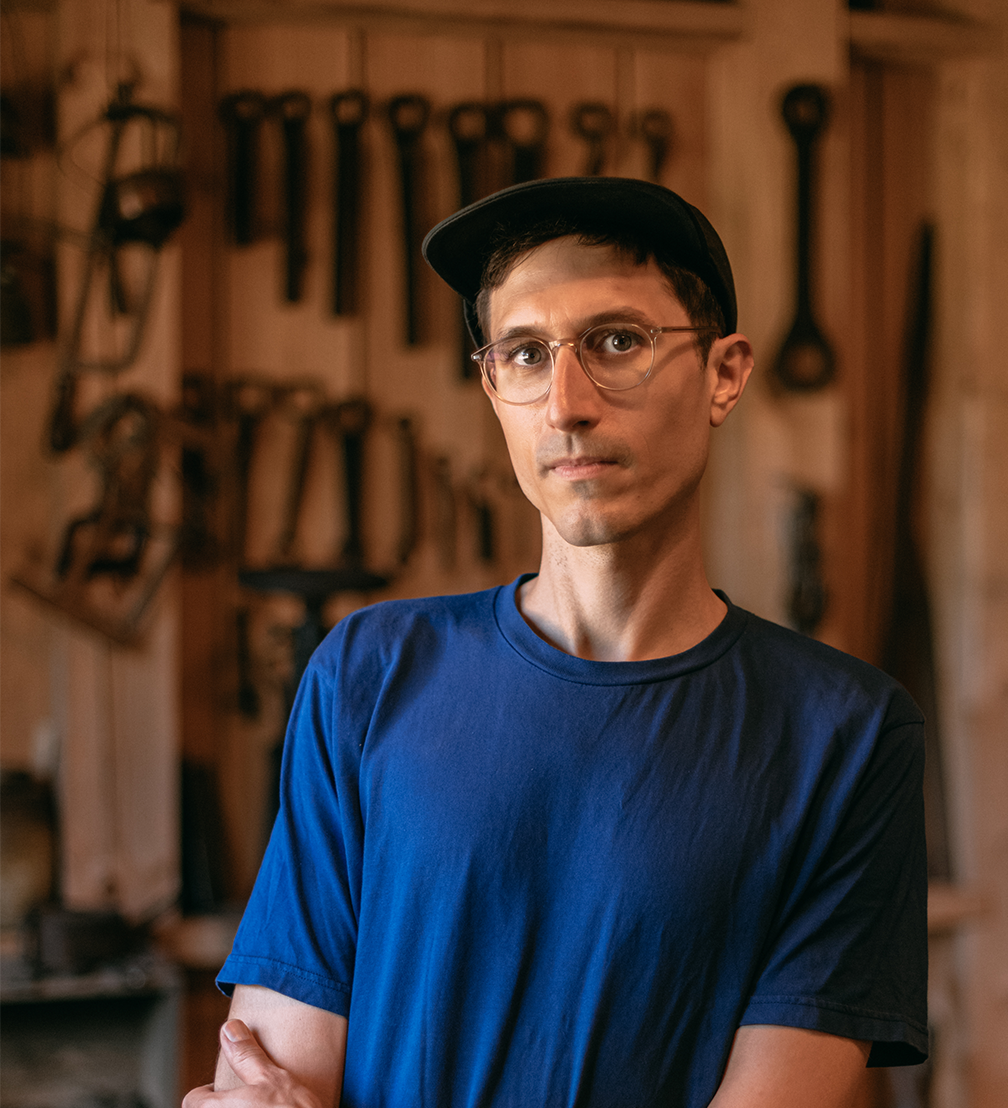
Swiss product designer Dimitri Bähler’s experimental approach to design has allowed him to work in a wide spectrum — from unique designs exhibited in galleries to collaborations with well-known brands such as Hay, Muuto, and Moustache. We met with Dimitri in Līgatne, where he worked as a teacher at the MAD International Design Summer School.
What interests you most about product design?
For me, this work is more like an attitude or a way of living. What interests me the most is the variety of projects you can work with. On one hand, you can work on a product that is commercial and takes a long time to be developed. You go through a lot of steps, starting with the idea, to models and communication with clients, prototypes, and then, if everything goes well, in the best case, the product is finally on the market. On the other hand, you get opportunities, like here, at the MAD Design Summer School, where you make a chair in three or four days. It’s important for me to have these two very different ways of approaching design — one is more active, and the other one is reflective.
I’m also interested in the power of objects. From a sculptural perspective, I like the idea of contrast or tension, for instance, between a simple shape and a more sophisticated texture or colour, between lines and volumes of an object.
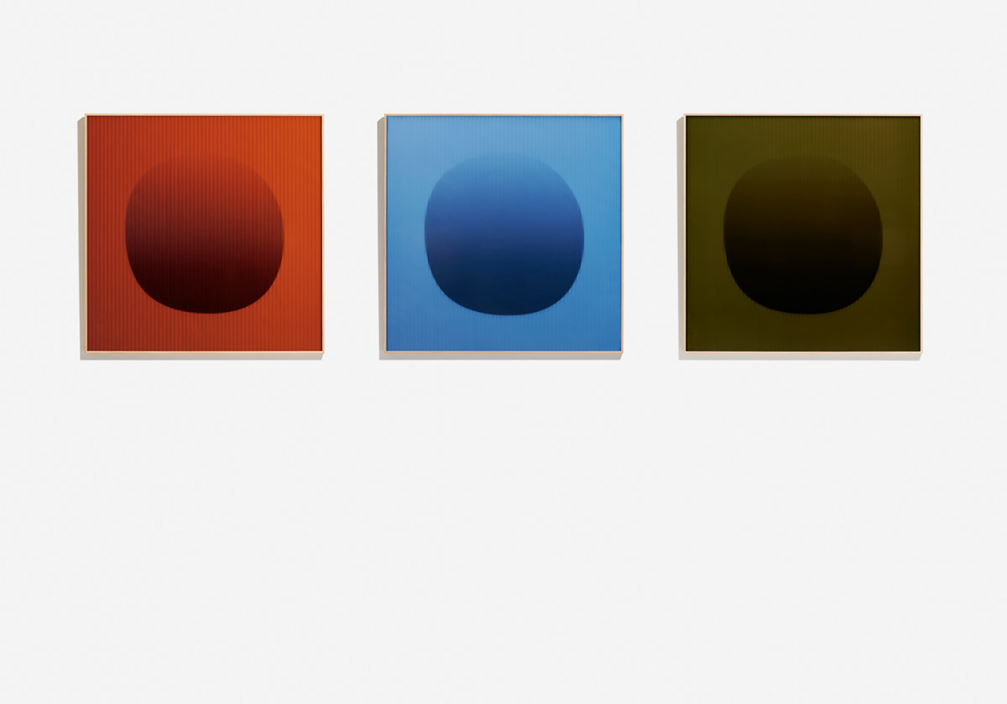
Can you tell us a bit more about your work process?
Sometimes the idea comes quite spontaneously and I get to sketching right away, but usually I do a lot of research, like reference images or products of other companies. Then, fairly quickly, I start to work with 3D modelling and model-making.
Ideally, I work within short timeframes, when the meeting with a client is not too far away. For example, my collaboration with the Finnish company Vaarni, which works only with pinewood from Finland, happened quite fast. It took one year from the first sketch to the launch of the product. I was very happy with this development process. At the moment, I’m working on a project that started back in 2019. There’s still no prototype, but the project is not cancelled either. When it takes so much time, you look back at the project and you may want to change something, or maybe you’ve even forgotten about it. For me, it’s the most difficult aspect of product design.
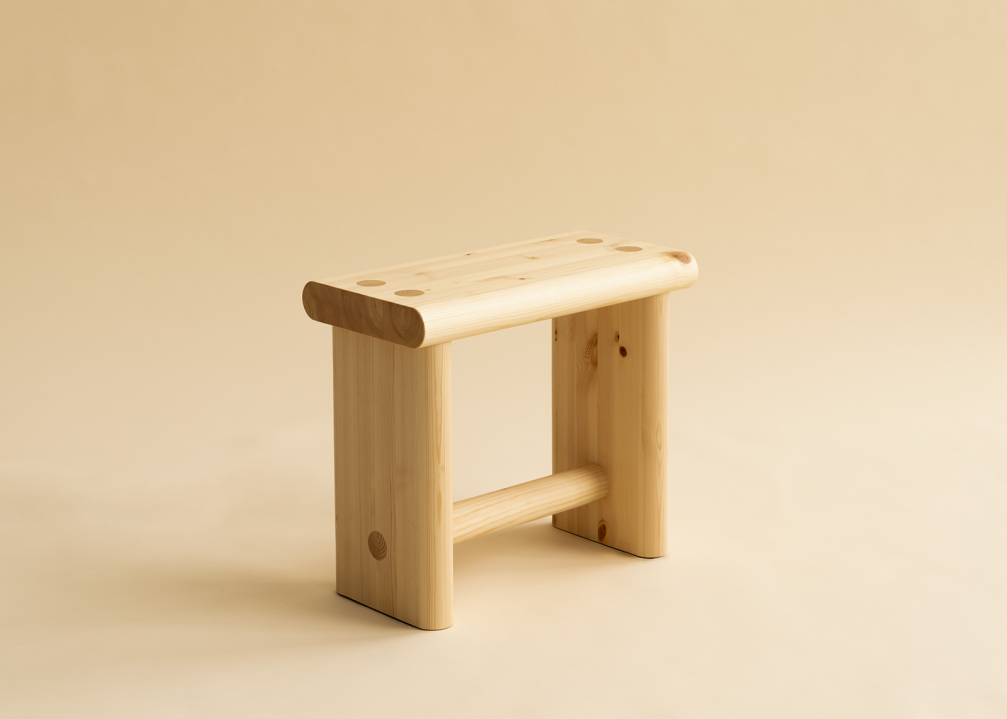
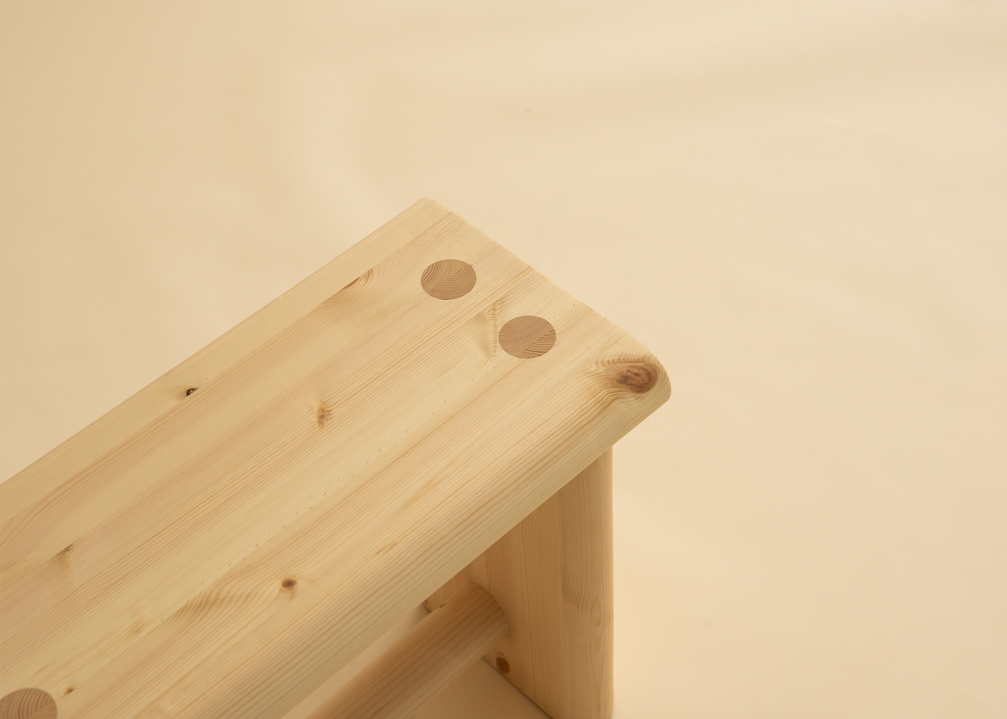
How do you take an idea to the finished product, and how can you tell whether the idea is going to work?
Any idea can work, depending on how it is translated into reality. When I work, I need to see many, many different variations of possibilities to be convinced that I’ve come up with a good solution. Of course, you have to find a balance between terms of time and possibilities.
The work process also depends on the client. Sometimes they come with a brief that is quite precise, and sometimes it’s an idea that comes from me. You have to rationalise what you bring to the client. I rarely bring only sketches and usually come with a model and a clear idea of what I want to present.
How did your collaboration with big design brands like Hay and Muuto come about?
My collaboration with Hay started at the Hyeres Design Parade exhibition in 2013, where Rolf Hay, the founder of the company, was on the jury. I was showing an accessory, which he really liked, and he asked me if I was interested in putting that into production. That’s how it started and we’ve been in contact ever since. We just launched a new light — the Factor Linear Suspension Lamp. It took four years to develop. It is so simple, basically a stick you can rotate to illuminate a space in a precise direction. Nevertheless, it took a lot of technical research, tests, and discussions. The whole design process was very user–oriented. We thought a lot about how the lamp will be used, what is essential to it and what is not. It was a new experience for both sides as Hay is not specifically a lighting manufacturer. We also had to do a bit of forecasting. The design is modular, and if it works well, Factor could be expanded into a full range.
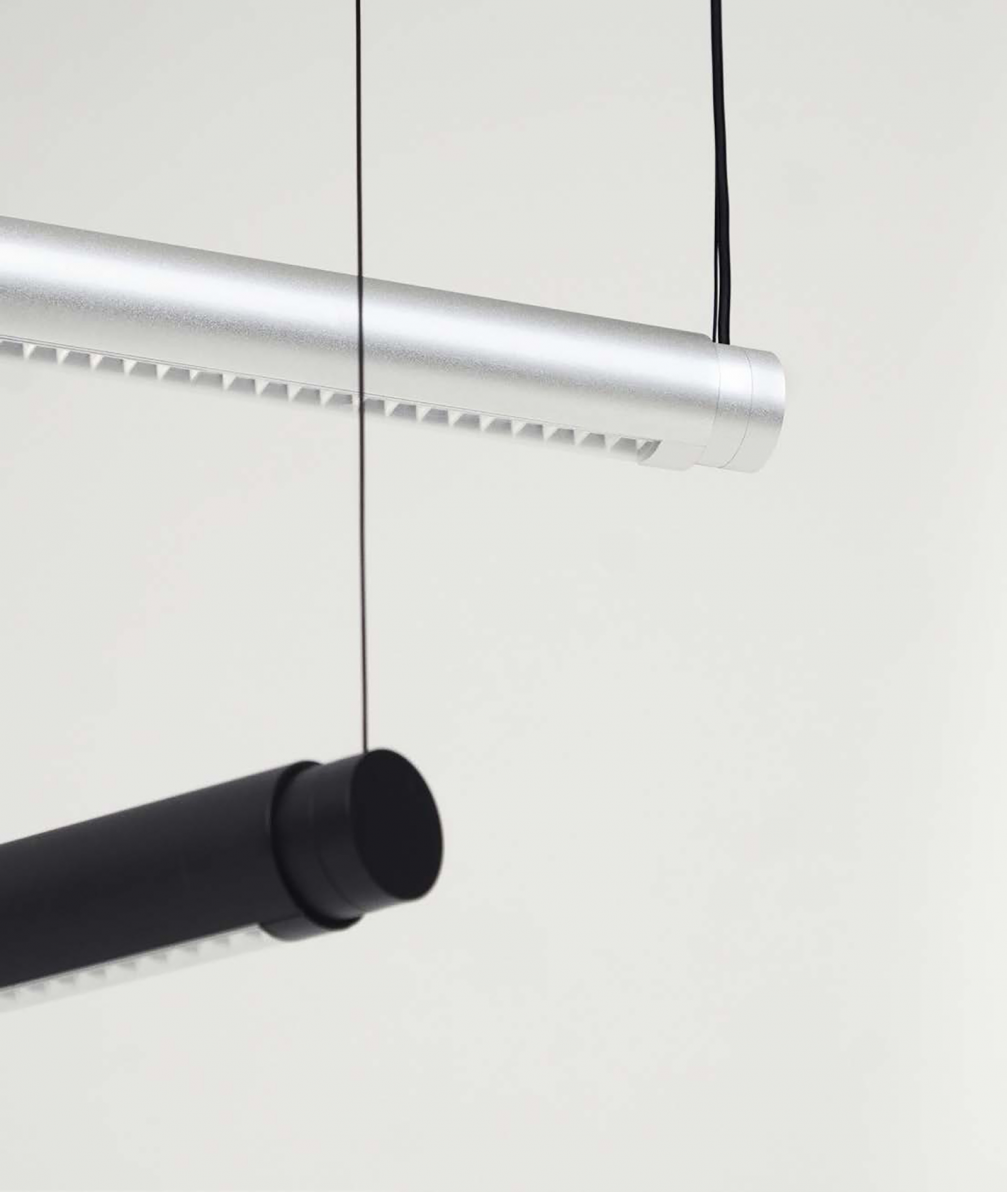
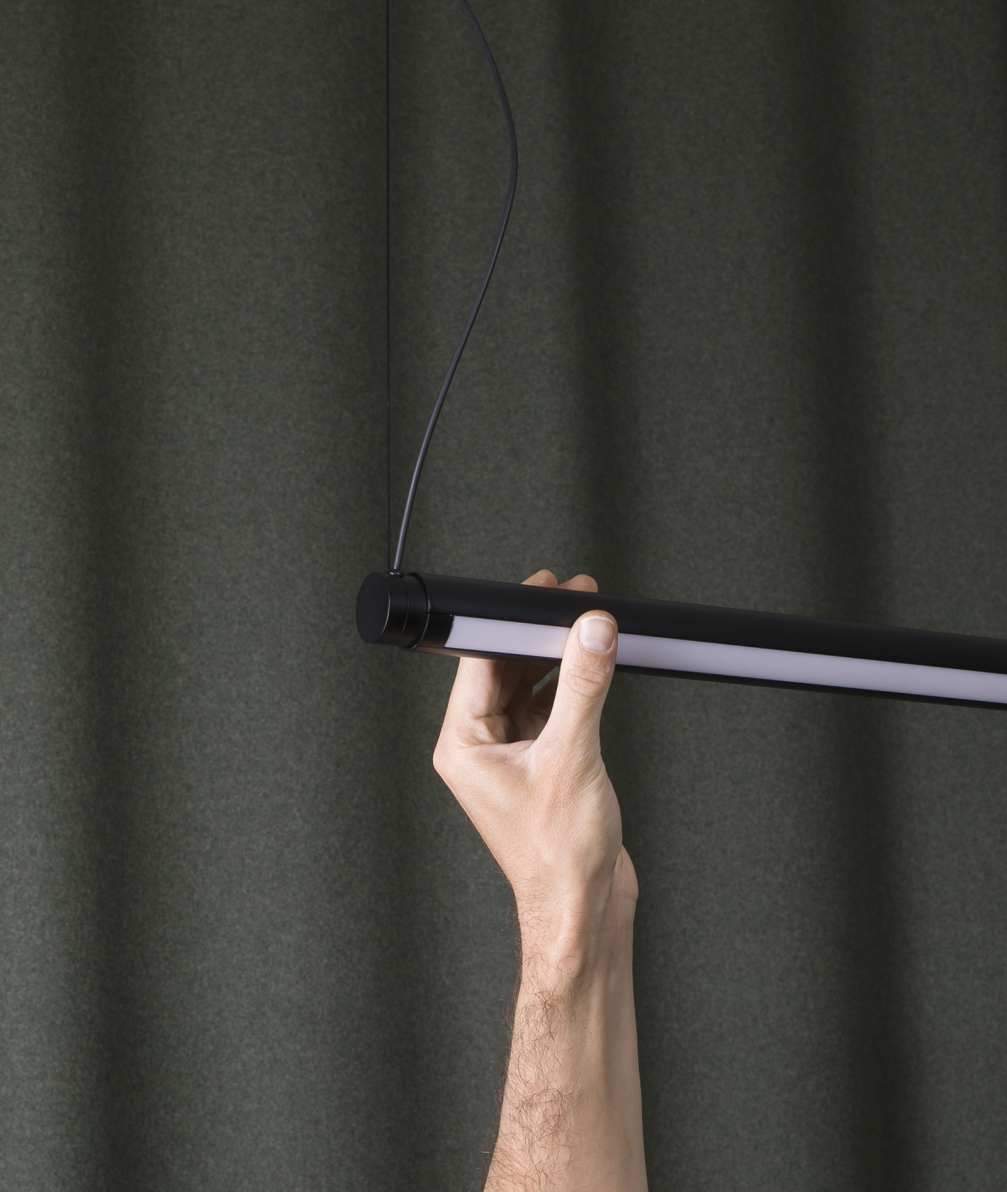
How did you decide to open your own studio right after graduating? ?
I studied at ECAL (École cantonale d’art de Lausanne) in Switzerland, and after that, I got an opportunity to work there as a part–time teacher assistant, which is a smooth way to go from the protective school environment to the outside world. I did that for two years and during that time, I started to work on my own projects. It gave me the guts to start to work on my own. It’s partly because of that and partly because I couldn’t see myself working for someone else. At approximately the same time, I had the opportunity to rent a space and to move from my fathers’ home basement to a nice studio in Biel.
I should also note that I have organised my life in a way that I don’t need to make a lot of money. That’s why I said that for me, product design is an attitude or a way of living. You have to build your life around what you do. Not everyone can do that — some don’t want to, and some don’t have the opportunity. In Switzerland, creative people can get a lot of help. But it is also very expensive to work there, especially if you work mostly with European clients.

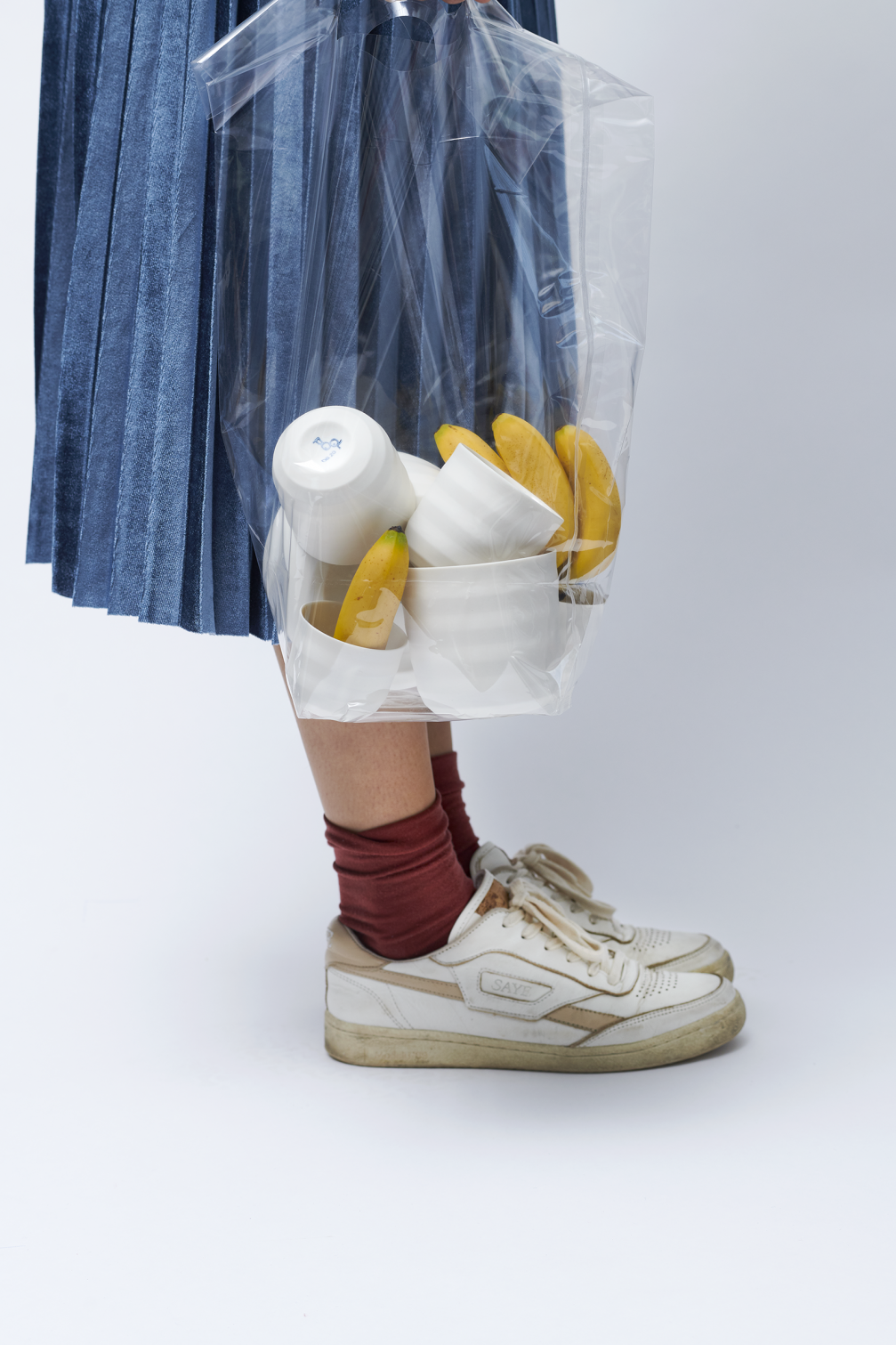
Do you work solo or do you collaborate with someone?
I mostly work solo, but quite often, I work with interns as well. I like to share the experience and I also learn from them. It also means a lot to me to be able to share and discuss my work. When you’re completely alone, sometimes you can get stuck with something. Even if you say the problem out loud to your pets or plants, it can help. Of course it’s better when there’s someone who can answer you! I also enjoy collaborations. For instance, this year, I collaborated with designers Mathieu Rivier and Pauline Saglio to do the Hermès shopping windows in Geneva and Zürich.
What kind of tools do you usually work with?
I mostly use simple tools and materials, and also a 3D printer. When I’m working on a project, I usually do a paper or cardboard model. Before I make it, I do a digital 3D design to create a flat layout that I can use for the model. When it makes sense, I work with other materials to get closer to the final materiality. It depends. For more complex shapes, I use the 3D printer. Sometimes, I try to do the final prototype myself, but it’s not always the case.
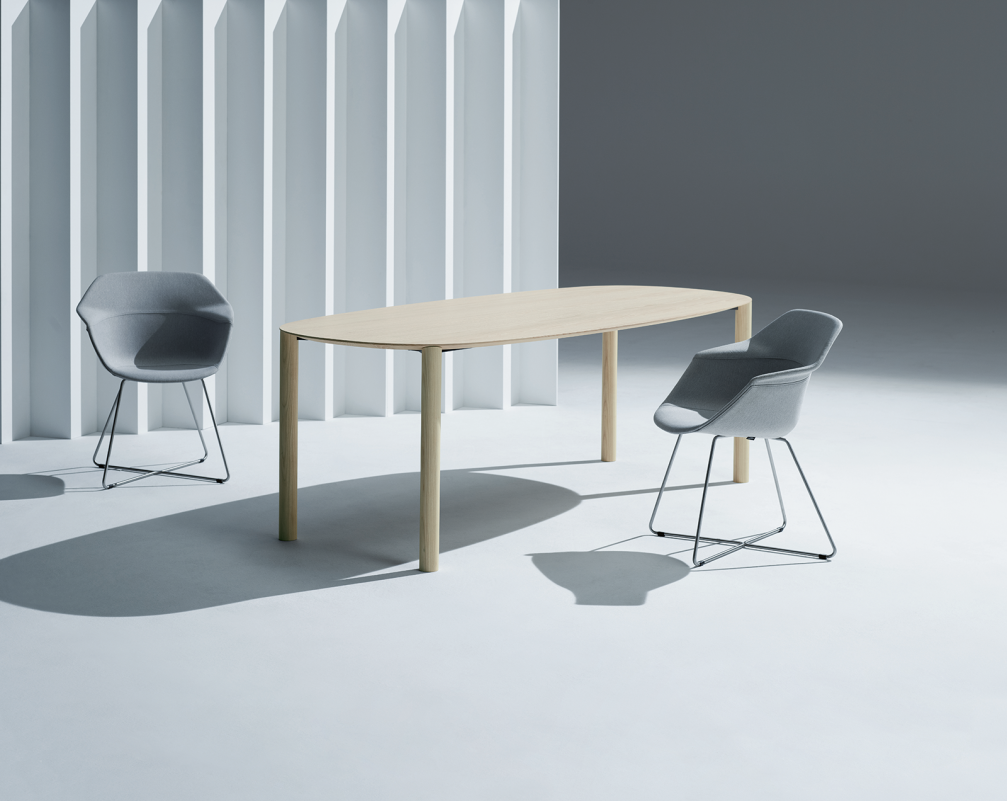
Manual skills like sketching and model making are becoming obsolete in a way. Do you think they are important for designers?
I think these skills are becoming even more important now, when we don’t consider them up–to–date. Companies won’t work on a project based on renderings. They need at least a model, or better — a prototype. When you work on a prototype, it means that you’ve already made a lot of choices. That’s less work for them.
What skills do you think will be important for future designers?
I think designers will have to become makers. It is really a craft to be able to use a 3D printer really well or do electronics, or programming. It is becoming more and more important to be able to do these things.
What role does craft play in your work?
I think the craft aspect in my work comes in when I try to find details in an object or twist them to push the limits of a technique. I always try to find the right balance between craft and industrial approach. I often say that designers are experts in nothing, but they know a little bit of everything. Unlike us, craftsmen and women are experts in their fields, but they don’t have a chance to step back and see a bigger picture.
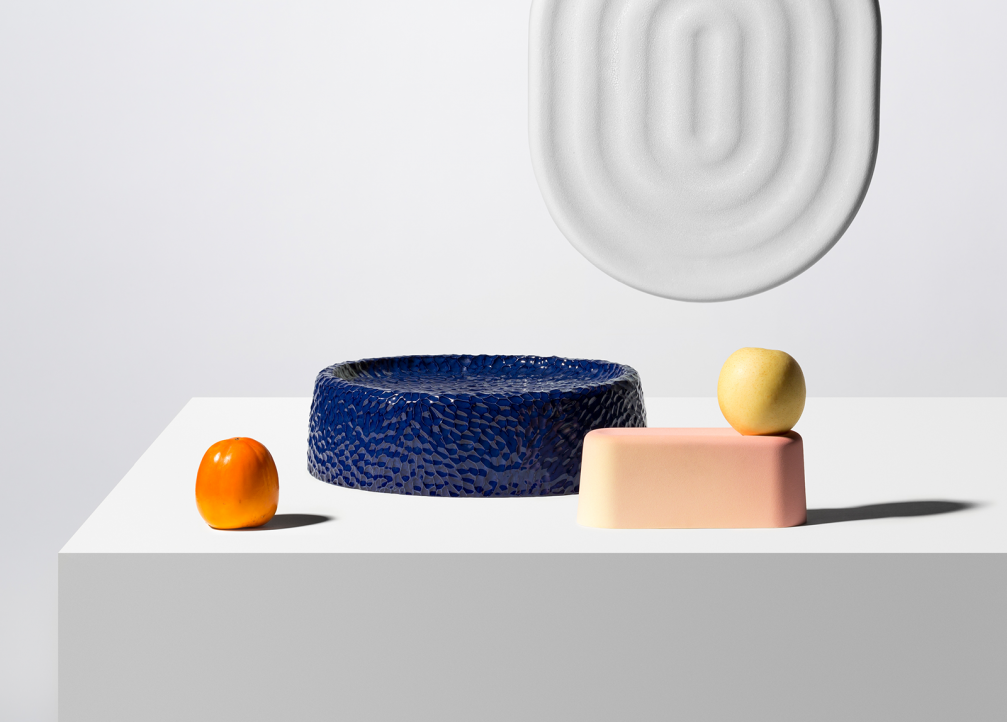
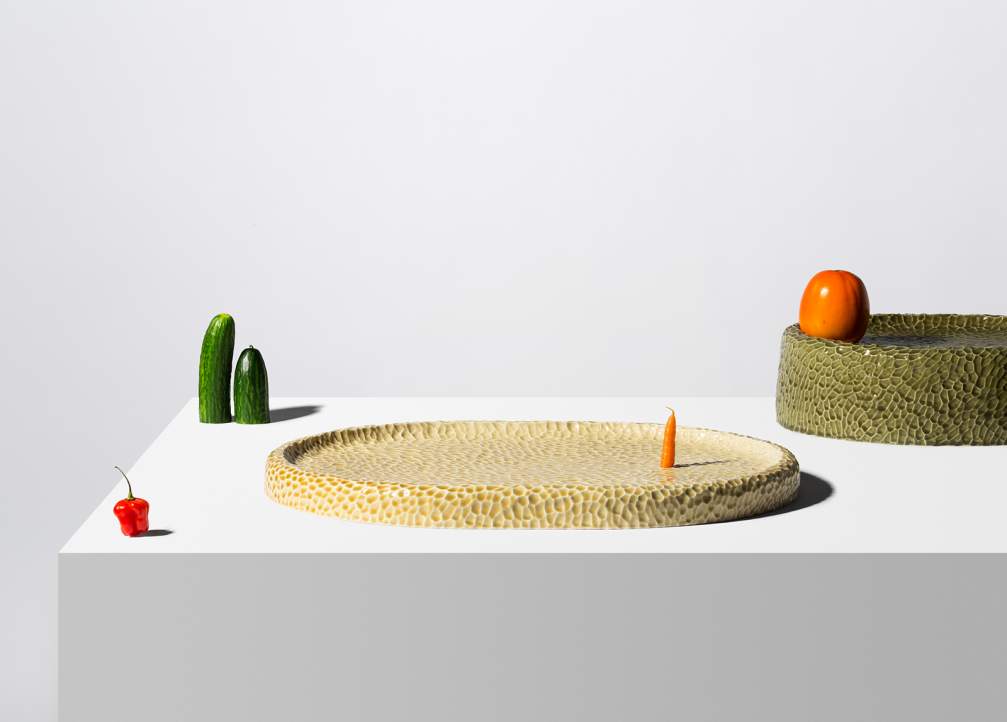
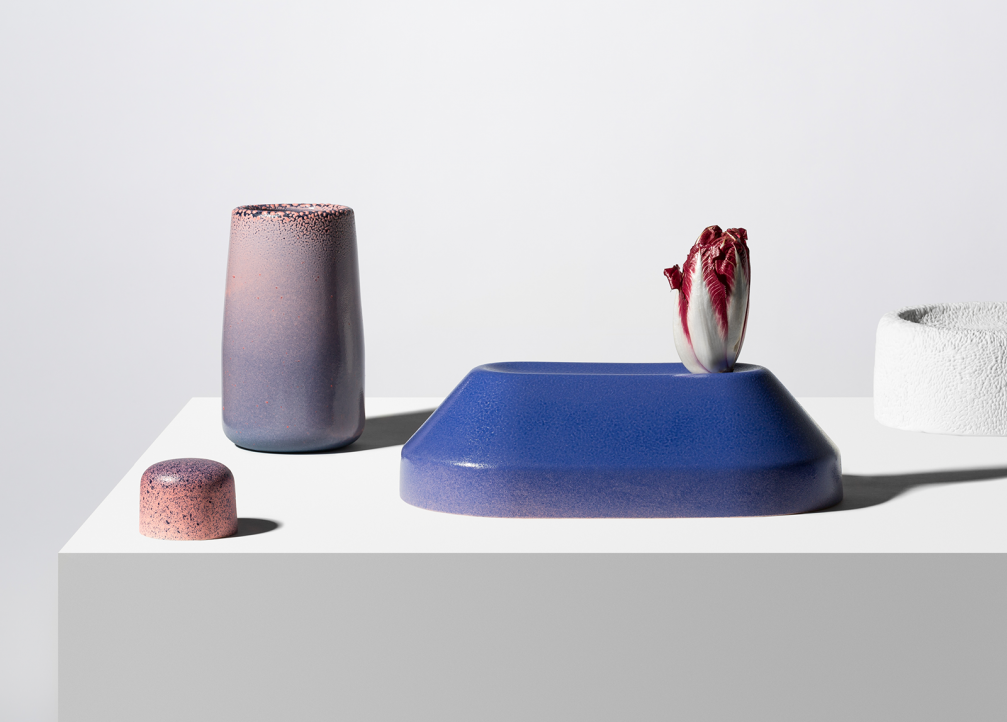
The MAD Design Summer School is very craft–oriented. What are you working on and have you learned anything new here?
We are all working on chairs, and we came up with a game of sorts to define various aspects of the chair, a kind of brief generator. The game decides, should you do a high chair or a low chair, how many legs does it have, does it have a backrest or not, etc. We all have a set of rules to follow. For instance, I have to do a high chair with one leg, so I came up with a seesaw swing. It’s a simple answer to this brief. But it gave me a chance to renew my woodworking knowledge to start something more ambitious.
There’s almost no difference between students and tutors here. I really like this approach. Compared to all the craftsmen and their knowledge, I am a baby. Everything here is made by hand. For instance, I just did some wooden rods with a turning lathe that you have to power with your leg. No electricity! Such a hands–on approach is rare for me. It proves that you really don’t need that much to start a project — you don’t need a CNC mill, you don’t need a laser. It’s great to have so much knowledge in one place. If I have a question, I can just ask the craftsmen. If you’re in your studio alone, you don’t have that opportunity.
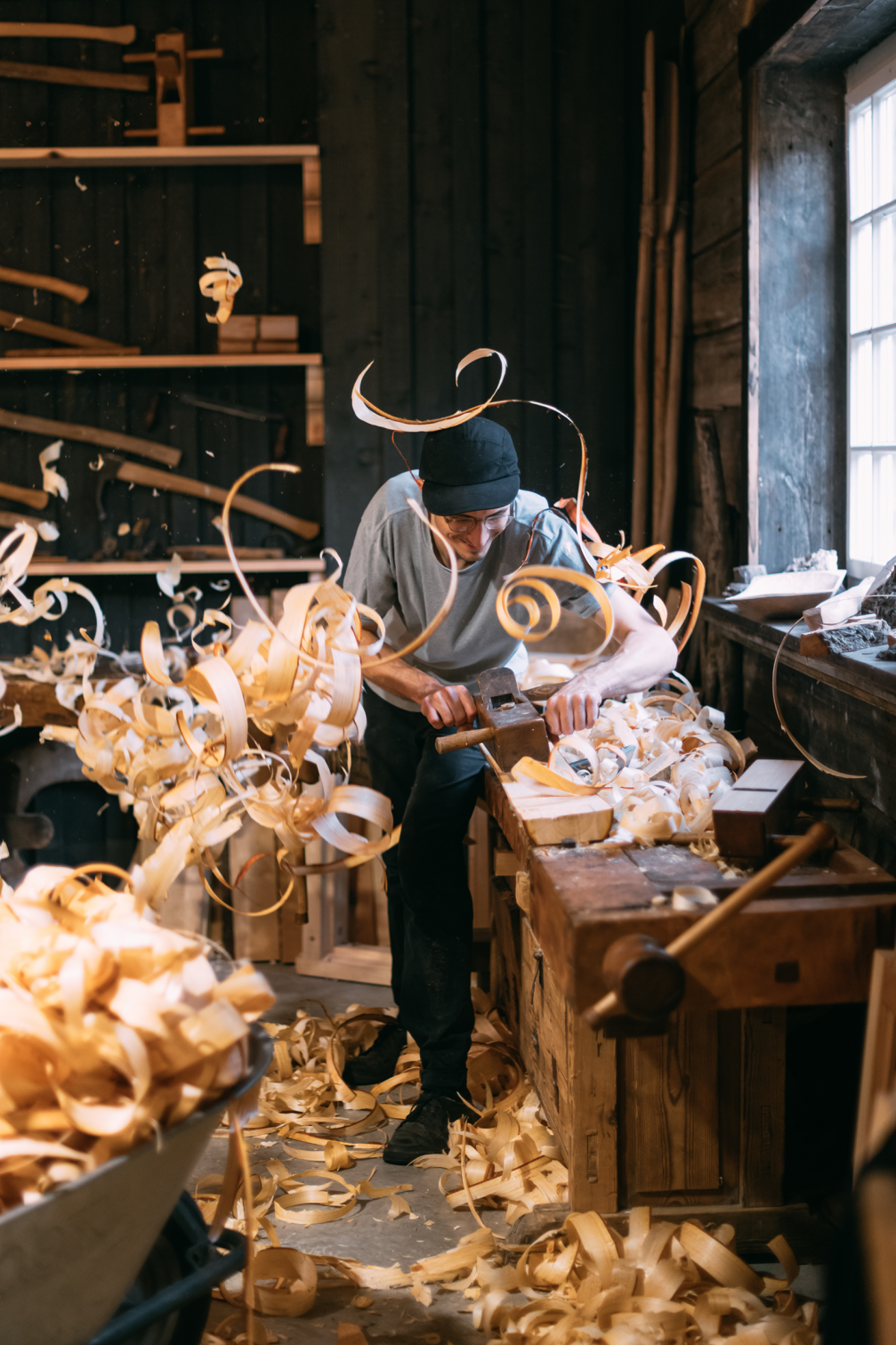
Chairs, which are the main subject of the MAD Summer School this year, are the most iconic objects of design. Do you have a favourite chair? And have you designed a chair yourself?
I have many that I really like. One is the Mariolina chair by Enzo Mari. I also like the Eames Plywood Lounge Chair and the Baguette chair by the Bouroullec brothers, to name one more contemporary. I think these chairs have cleverness in their construction and they have strong sculptural qualities. You can feel the personality of the object. When all these aspects meet, the design comes close to perfection.
I still need to gain some confidence to design my own chair. I have a prototype in my studio, which I’m working on when I have time. I did a stool with Vaarni and I also did an experimental project — Pad stool — at ECAL. The idea was to have a textile envelope that you could inflate with polyurethane foam. The result was quite interesting. We tried to put it in production together with the French brand Moustache. But in the end, there were too many pieces to assemble and it was too complicated. Maybe, some day.
The interview with Dimitri Bähler was done in collaboration with MAD International Summer School of Design.
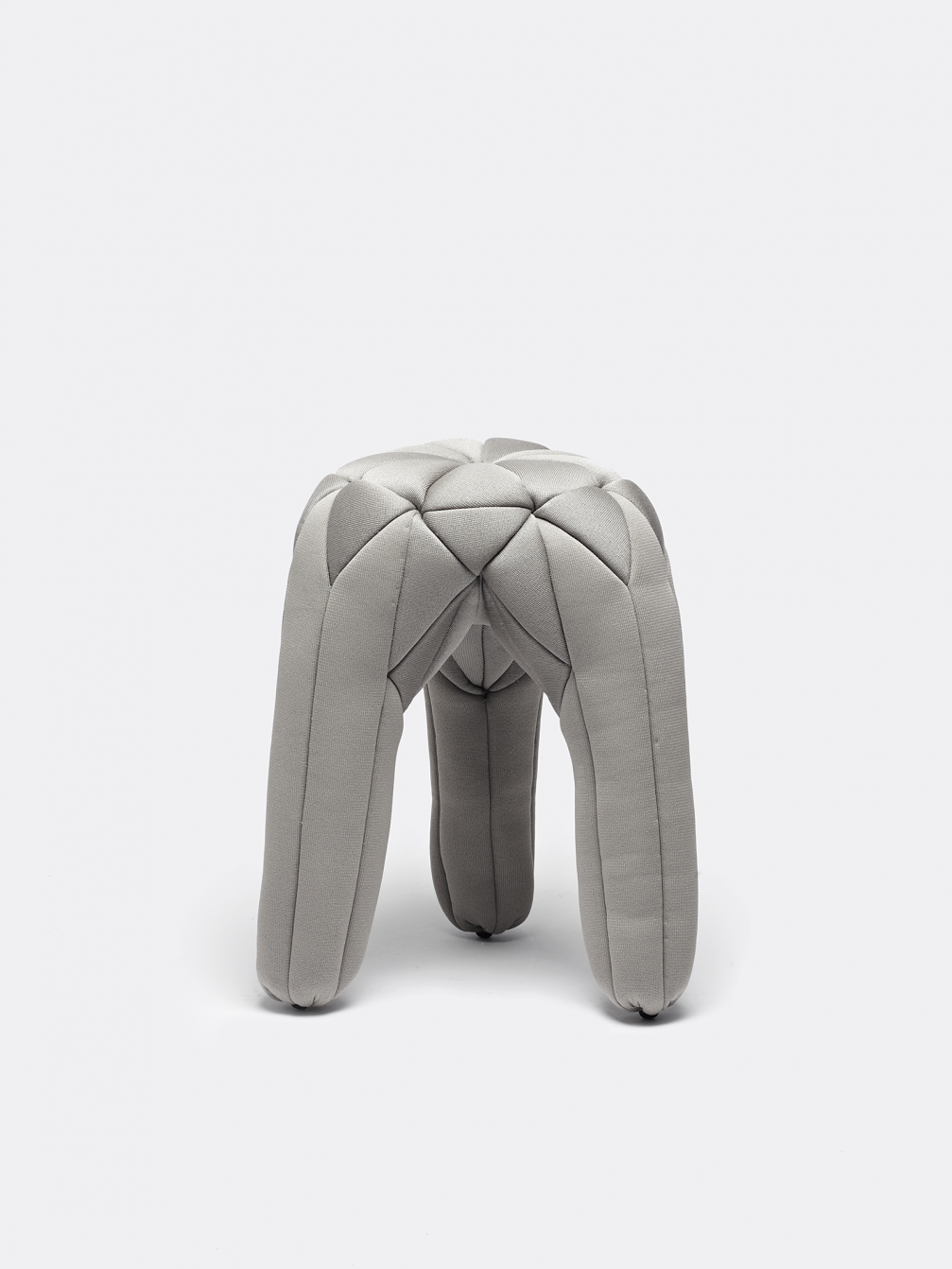
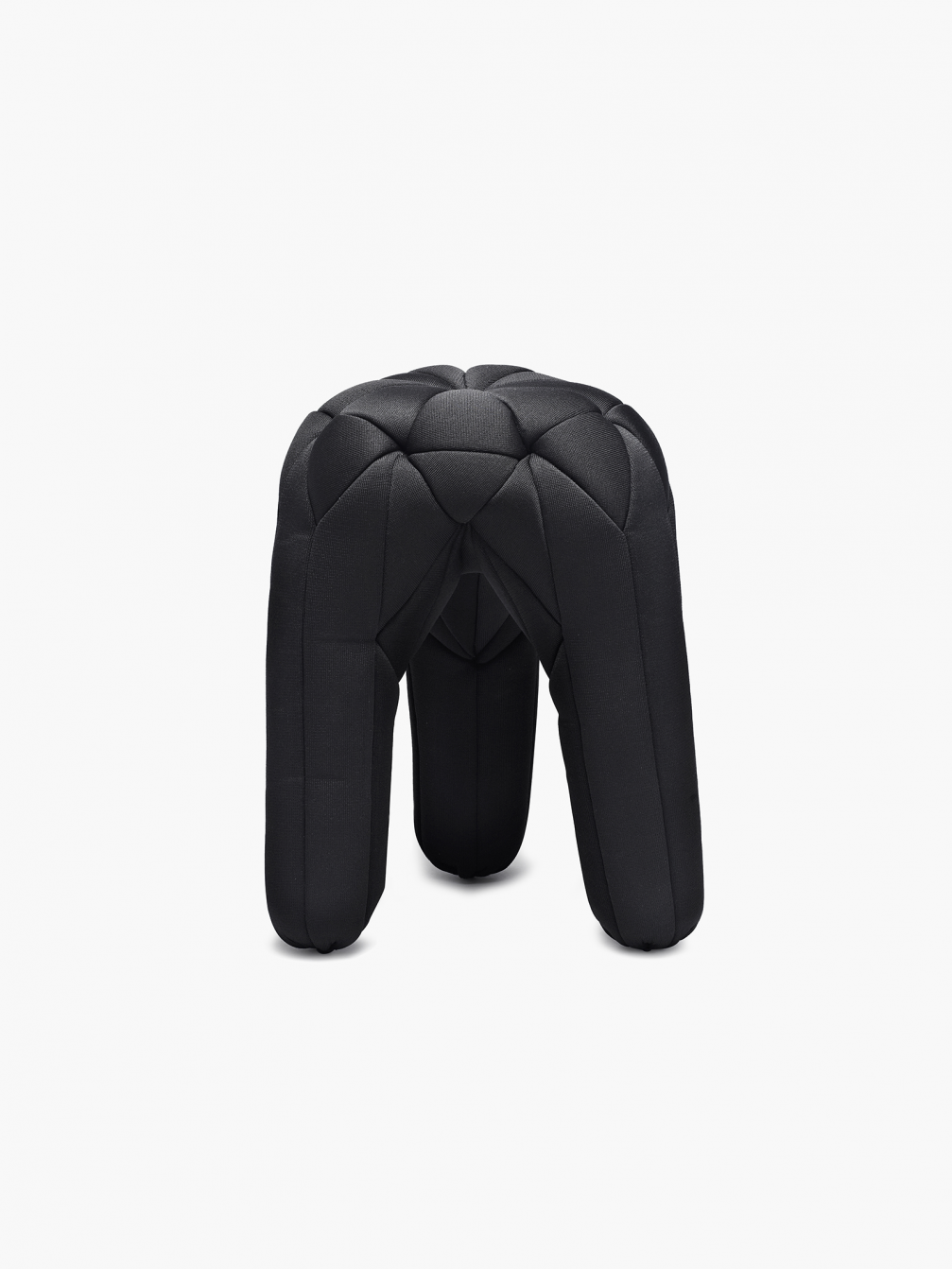
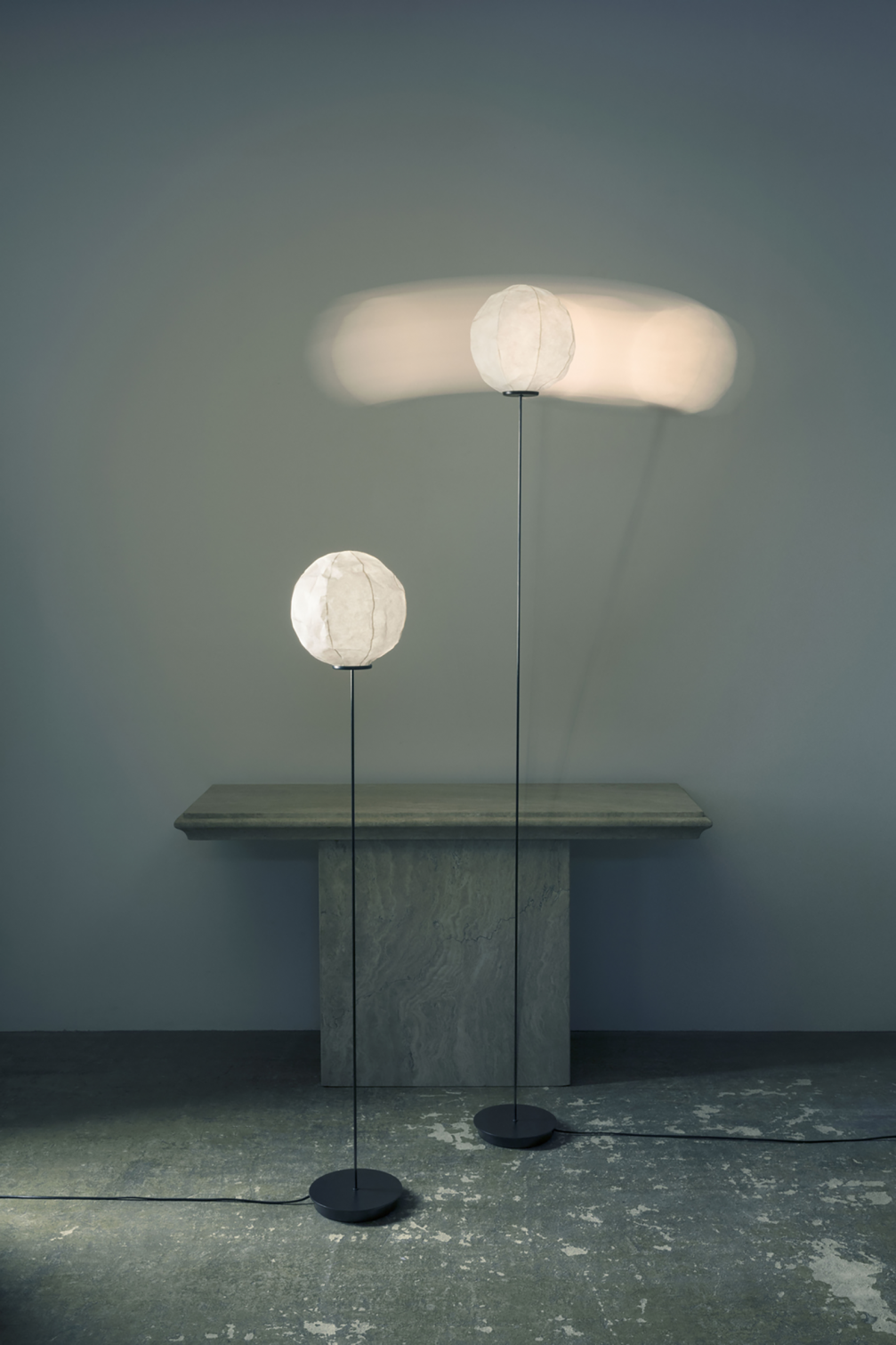
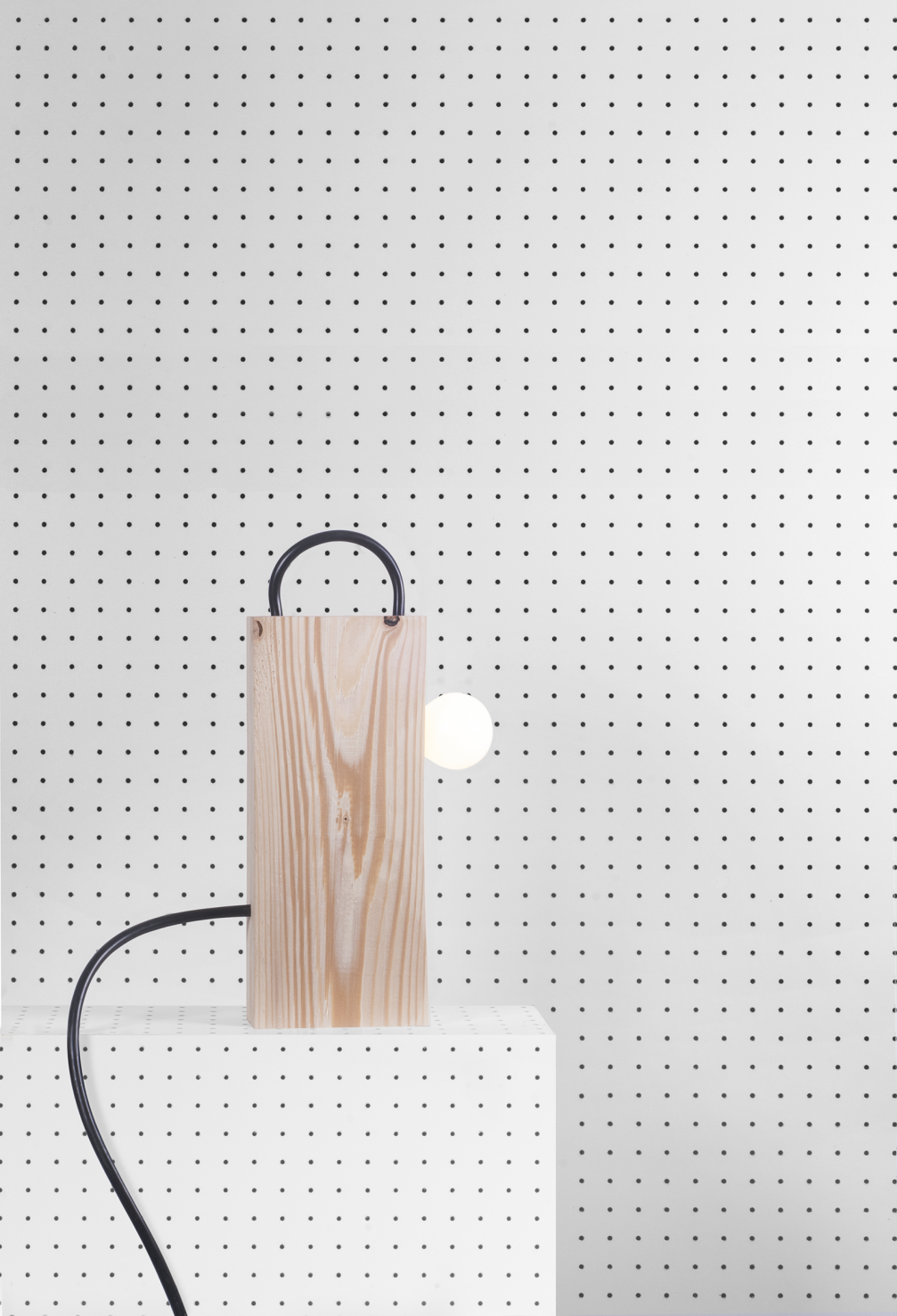
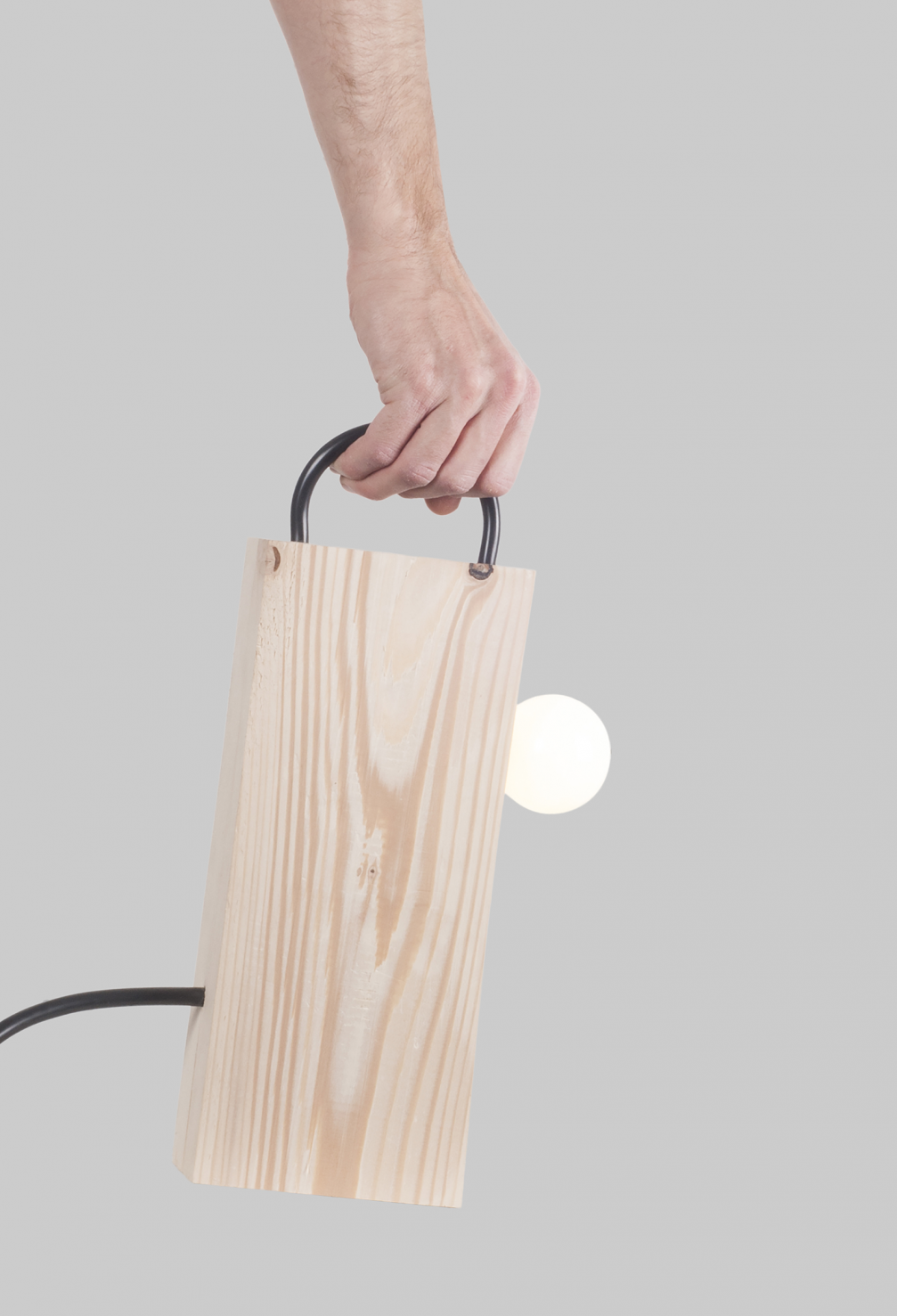
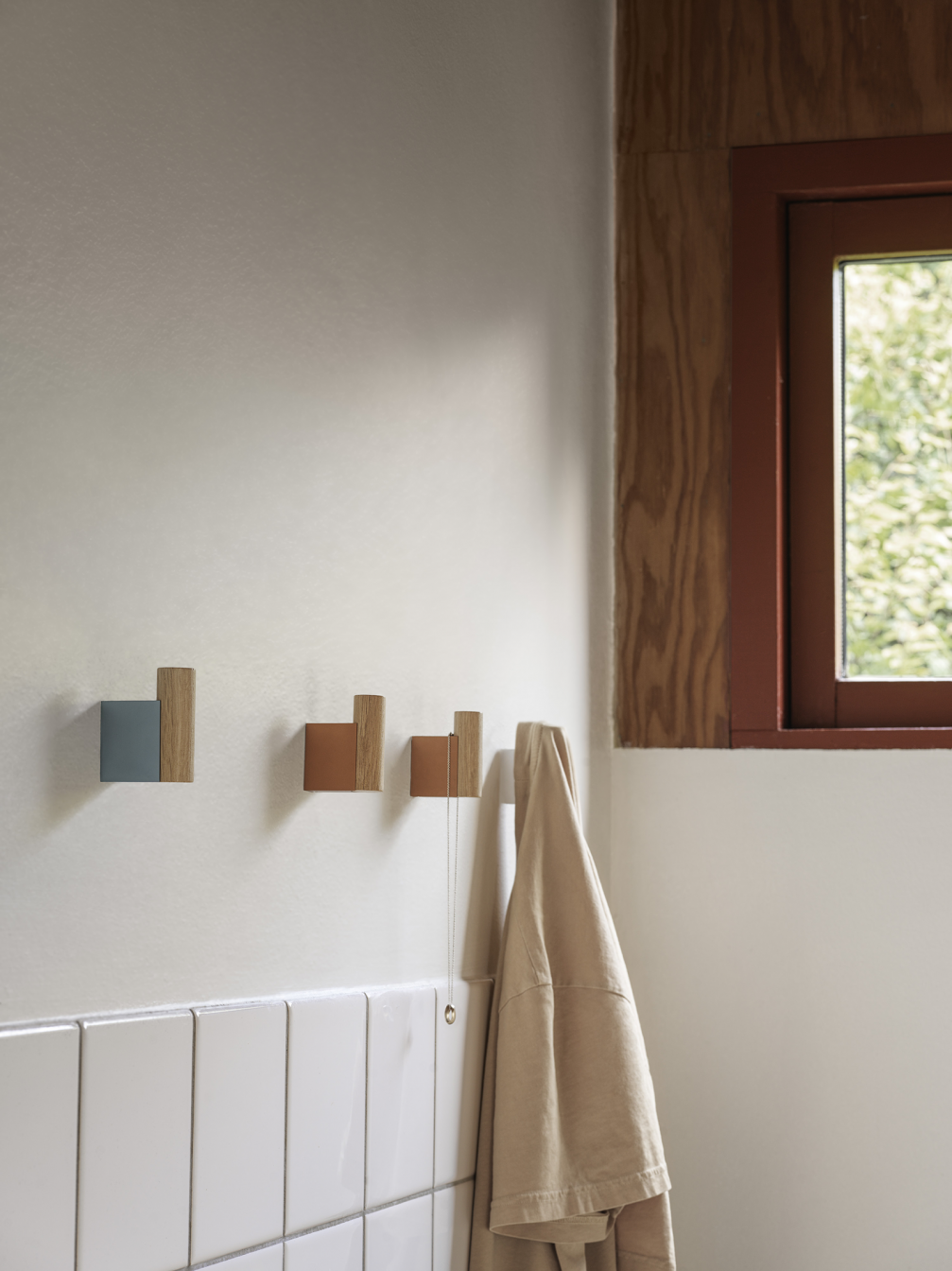

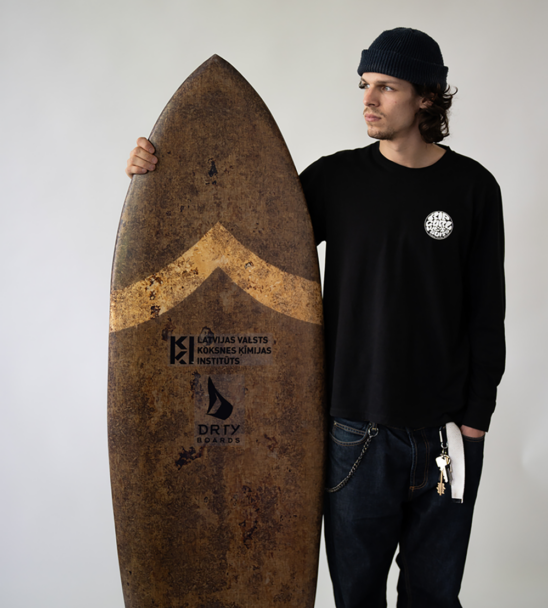
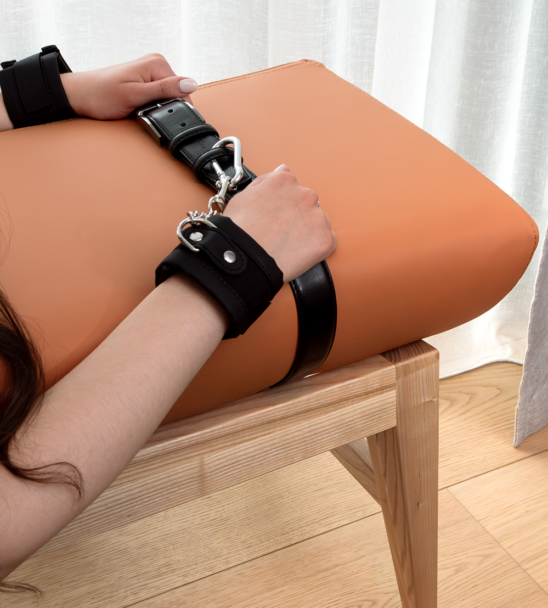
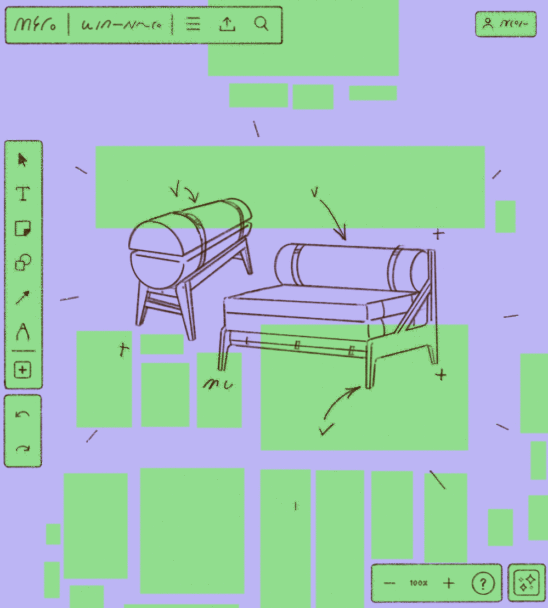
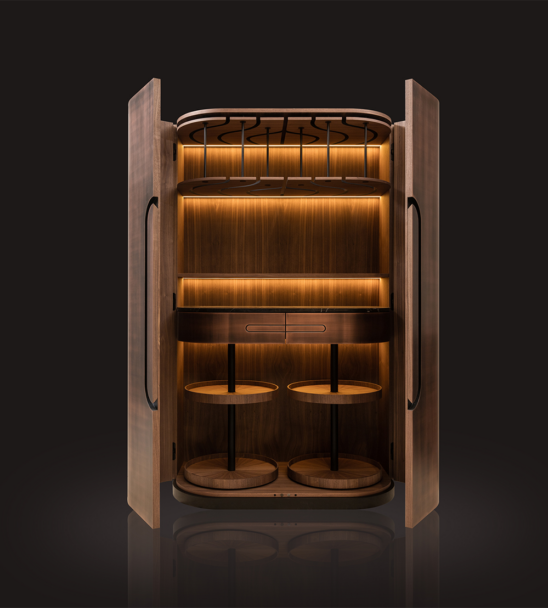
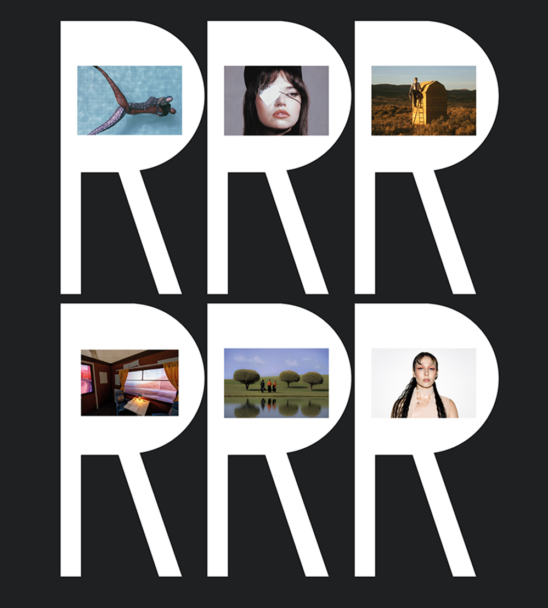
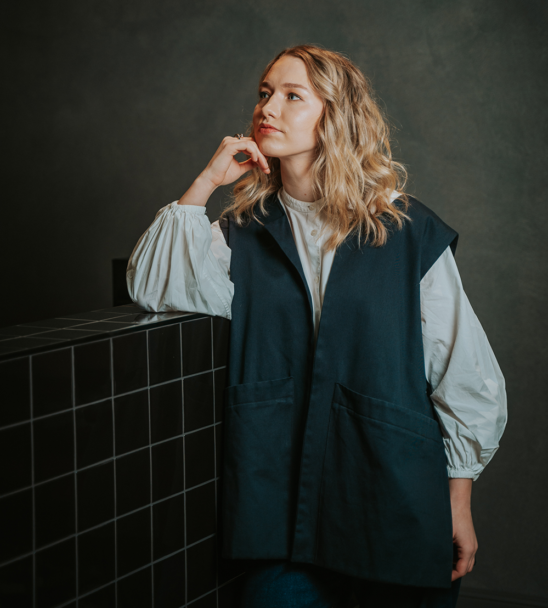
Viedokļi